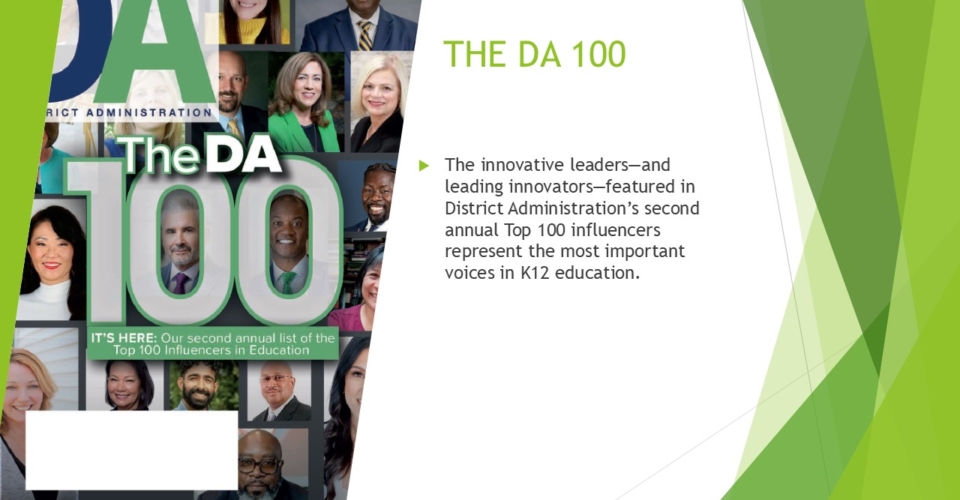Do you know the difference between fake news, misinformation and disinformation? To start, they’re all forms of the “false information” that many school communications leaders are spending more time trying to snuff out.
Now, let’s get to the definitions. According to the National School Public Relations Association, “misinformation” is spread unintentionally while “disinformation” is disseminated deliberately. Both can spring from a range of sources, including “outdated information, misinterpreted data, rumors and unverified claims, deliberate deceptive information, manipulated media and echo chambers,” the association says in its new “From Distortion to Clarity” report meant to help educators defuse fake news.
Next, here is what your K12 colleagues are saying. The number of K12 communication leaders who consider false information a “critical issue” has surged from 81% to 96%—nearly unanimous, the report found.
“The spread of false information is not a recent phenomenon,” said Barbara M. Hunter, the association’s executive director. “What is new is the speed at which false information can spread and wreak havoc on an organization’s reputation, potentially derailing its mission.”
Safety, security threats, policy and regulations are the topics most distorted by falsehoods, according to the study, which also found:
- 77% of respondents are very concerned, somewhat concerned or concerned that their district will be challenged by false information.
- Respondents identified Facebook (91%) and word of mouth (79%) as the two channels most used to spread false information.
- 89% of respondents said false information had harmed their district’s reputation and 76% of respondents said it had eroded the community’s confidence in district leaders.
- Student enrollment and teacher recruitment and retention have also been impacted.
Fighting false information
The report offers the following strategies for preventing the spread of false information in the community:
- Establish your district as a trusted source of regular and transparent information: “This reduces the likelihood of information gaps that can be filled by false information,” the report advises.
- Monitor and respond quickly to false information: Keep an eye on what is being said about your school or district and address false information quickly.
- Engage in clear and effective communication, using clear, concise language: “Avoid jargon and overly complex explanations. Repetition helps reinforce the correct information and increases the likelihood of it being remembered.”
- Collaborate with credible partners, including trustworthy media outlets: “If applicable, collaborate with experts such as department chairs, financial advisors, architects and community leaders who can provide authoritative voices on specific issues.”
- Use social media wisely by maintaining an active and engaging presence: “Correct false information on social media by providing facts and evidence but avoid confrontational or defensive posturing.”
- Empower and mobilize your community to report fake news: “Educate and empower members of your community to be advocates for accurate information.”
- Develop a crisis communication plan to respond to widespread or damaging information: “Anticipate potential scenarios and plan how to address them.
- Be transparent and admit mistakes: “Transparency builds trust. When your audience trusts you, they will likely turn to you for accurate information.”
Superintendent turnover: Lots of leaders find new homes



